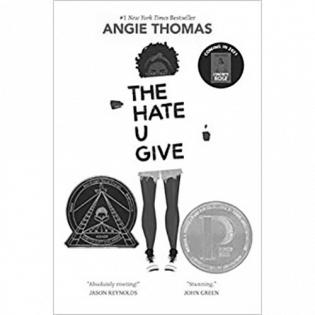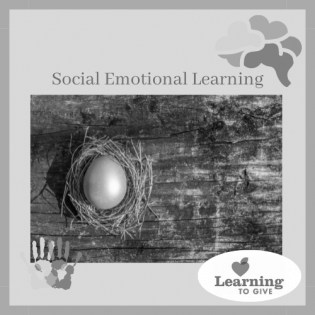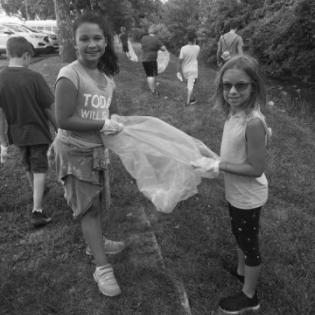Have you ever had to find your voice? In this story, Starr witnesses police brutality that is racially motivated and struggles to find the right way to speak up.
Filter by subjects:
Filter by grades:
Filter by audience:
Filter by issue area:
Filter by content type:
Filter by resource type:
resource search
This activity encourages youth to discuss the power of privilege. Participants will understand how their perspectives, identity, and values influence their decisions in this activity. They will also understand that privileges are social constructs, A social construct is something that exists not in reality, but as a result of human interaction. It exists because humans agree that it exists.
This resource guide was designed by a Detroit-area educator with the goal of guiding educators with two citizenship themes: building a caring community and social justice in a diverse country. The resource includes video, literature guides, discussion starters, activities, and lessons intended to empower youth voice and guide them to a service project of interviewing someone and sharing their story of generosity.
Tell me a story...
To produce paintings or drawings that represent their “Dream of Peace” and that are submitted to an art competition.
A teacher using this lesson can look for art competitions locally or nationally that are sponsored by a museum, organization, or school district; a teacher might...
Youth learn about basic human rights and discuss whether everyone deserves these rights. In addition, they reflect on examples of human kindness and collective action for the common good.
One of the keys to unlocking cultural competence is reading diverse books with characters and locations that represent a variety of cultures. In this activity, young people define and discuss the value of representation. They do an audit of a book collection to identify representation and gaps....
In this lesson, young people compare the communications and strategies of Malcolm X with those of Martin Luther King, Jr. They discuss the causes, effects, and ways to address racism through a discussion forum. They plan and hold the forum in the community.
Through two readings, we learn about racist attitudes and practices in the transportation systems that were supported by Jim Crow laws in the 1940s South. When Rosa Parks refused to give up her seat, it was a final stand after years of injustice and continuous acts of protest. We learn how her...
The learners explore the building grounds or neighborhood, looking for places that need extra attention and stewardship. When they find a spot to care for, they must find out who the stakeholders are and interview them. Listening to different perspectives before making a plan of action shows...



